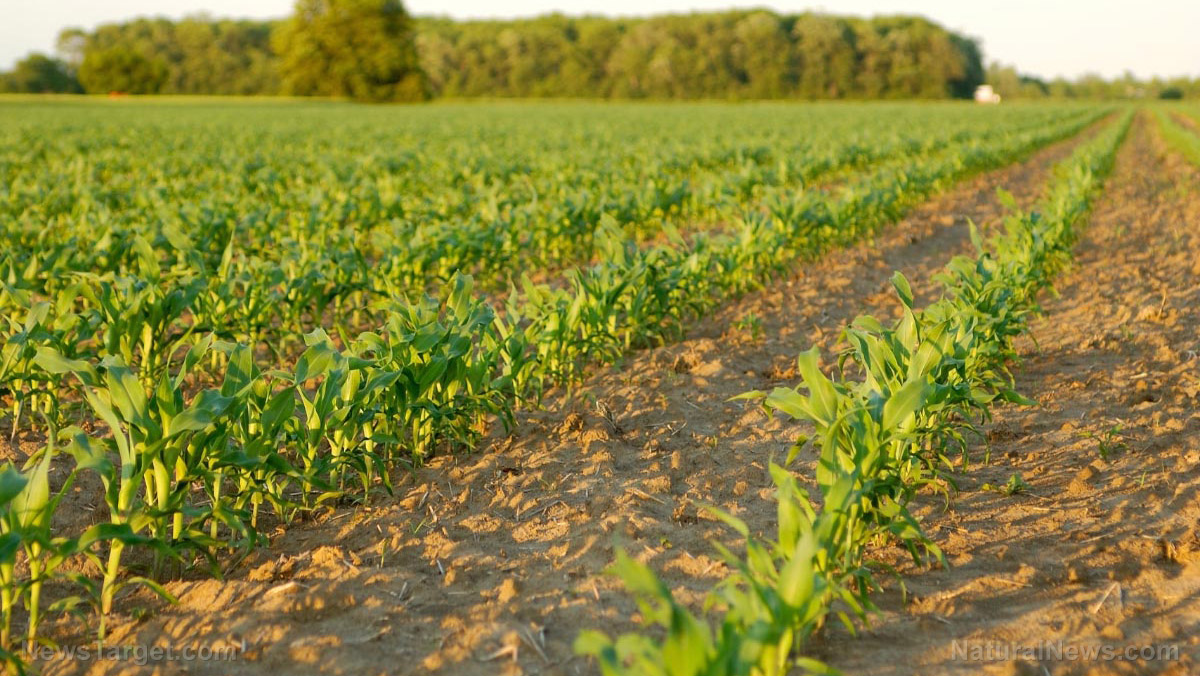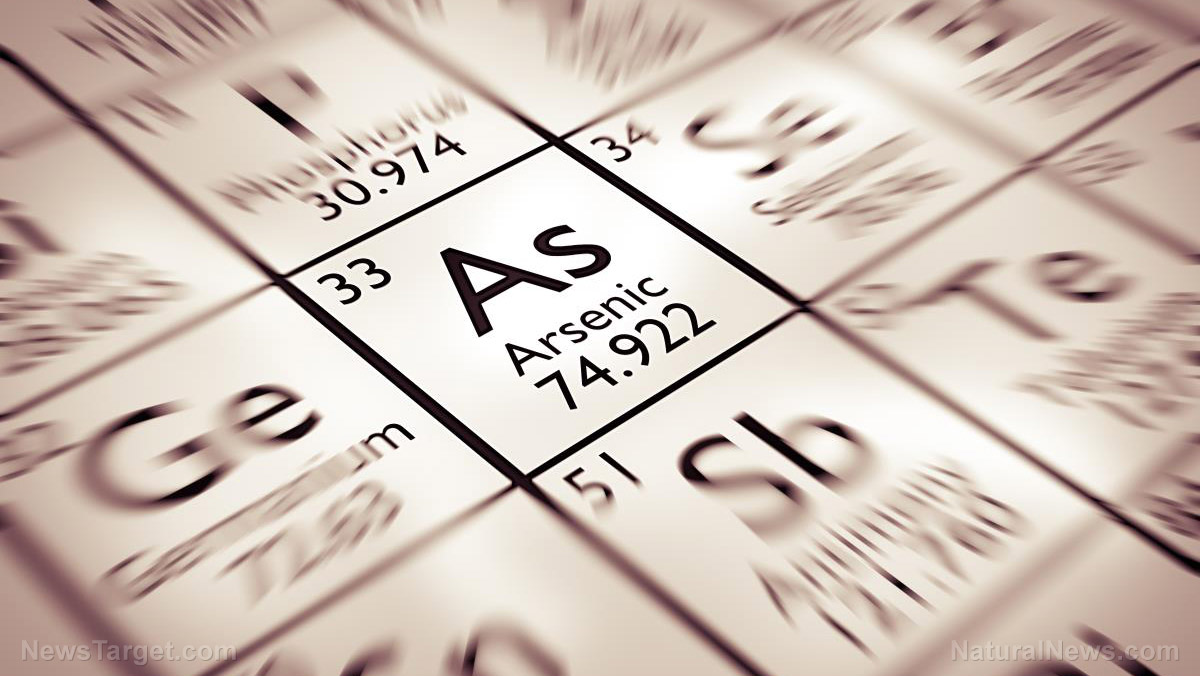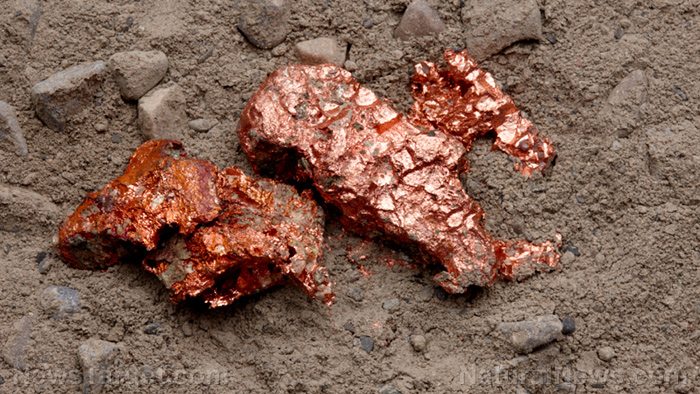New biochemical leaching process uses corn stover to recover rare earth metals from electronic waste
04/21/2018 / By Zoey Sky

A study has determined that aside from being used as fodder or bedding, corn stover can be used as feedstock for a new biochemical leaching process.
This revolutionary process helps recover valuable rare earth metals from electronic waste. The biochemical leaching process is similar to a mining process and it requires the use of corn stover.
The research was directed by the Department of Energy’s Critical Materials Institute (CMI) at the Ames Laboratory on the Iowa State University campus. Scientists from the Idaho National Laboratory (INL), the Lawrence Livermore National Laboratory (LLNL), and Purdue University spearheaded the research.
Yoshiko Fujita, David Reed, and Vicki Thompson, from INL’s Biological and Chemical Processing Department, are researchers for CMI. They belong to a CMI team dedicated to discovering a way to minimize a growing environmental and manufacturing supply problem such as the accumulating amount of electronic waste (e.g. discarded cell phones and hard drives). The team are also working on the possible ways to recover and recycle high demand rare earth metals that can be used again in manufacturing.
Hydrometallurgy is a liquid chemical process used to obtain metals from ores, recycled, or residual materials. Thompson, a Distinguished Staff Engineer at INL, said that traditional leaching methods currently in use by the mining industry are not a sustainable choice for recycle and recovery methods for various reasons. She added that these are often sulfuric acid-based and they are an environmental hazard.
Since they require heat and pressure, traditional leaching methods are also costly. Thompson emphasized that from an environmental and economic perspective, it is crucial to determine a more efficient method.
The CMI team discovered a feasible method by exploring the abilities of a strain of Gluconobacter bacteria, a microbe that produces acid. Thompson shared that Gluconobacter evolved after billions of years, making them useful for this particular biochemical leaching process.
The resulting organic acids produced by the bacteria are one of the active ingredients used to dissolve and extract rare earth metals from waste materials. The bacteria feed on glucose (sugar) and they thrive in a sugar-rich environment.
Gluconobacter bacteria prefer simple sugars because they are easy to eat and break down. Reed, the principal investigator for the research, commented that refined glucose makes up 44 percent of the expense of this leaching process and that it required lower cost alternatives.
Fujita, the lead scientist for CMI’s environmental sustainability research efforts, explained that the group examined agricultural waste streams such as apple processing water and potato peels, both of which are abundant in Idaho. The team also considered corn stover, which was local to CMI headquarters in Iowa. (Related: ADM, Monsanto to Study Converting Corn Waste to Biofuels.)
The team tested all three options, and corn stover was the easiest to convert into the basic sugars that the metal mining bacteria required. Corn stover was easy to convert to usable sugars and it was “cost competitive for larger scale commercialization.”
Alex King, CMI director, said that CMI knows how crucial it is to determine solutions to “critical materials challenges that are economically and environmentally sustainable.” He concluded that by using corn stover, it has become easier to meet national goals while also benefiting Iowa’s farmers.
Fast facts on corn stover
- Corn stover includes the cobs, leaves, and stalks that remain in fields after the corn harvest. It is often used to produce ethanol.
- Corn stover is the main biomass source used to produce cellulosic ethanol in the U.S. Farmers can harvest stover for cellulosic sugars that can be fermented into ethanol.
- Corn stover’s ethanol byproduct has thrice the concentration of nitrogen as the original cornstalks.
- Corn stover makes up the majority of biomass residue in the U.S., and at least 120 million tons of biomass residue is available yearly. This stover can supply at least 23 to 53 billion liters of fuel ethanol to the U.S. transportation market, or at least 10 percent of total gasoline needs.
- Corn stover can also be used for animal bedding.
You can learn more about other studies on rare earth metals and biomass at Research.news.
Sources include:
Tagged Under: biochemical engineering, biochemical leaching, corn, corn stover, discoveries, electronic waste, electronics, feedstock, food science, Gluconobacter, glucose, leaching, metals, rare earth element, rare earth metals, recycling, stover, sugar



















